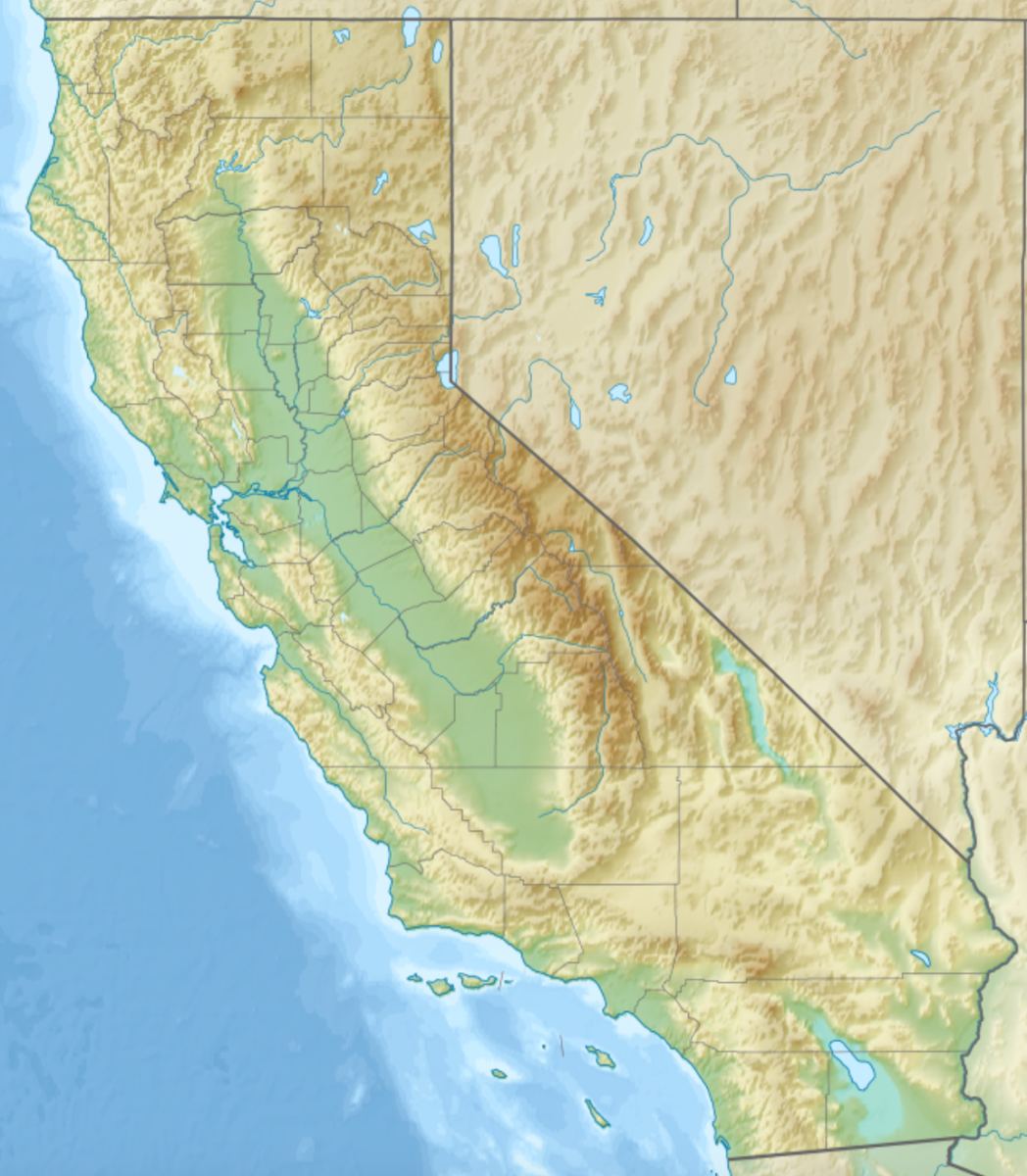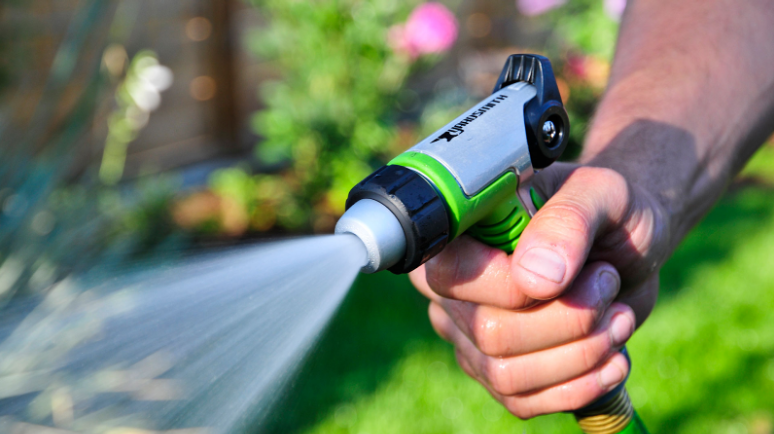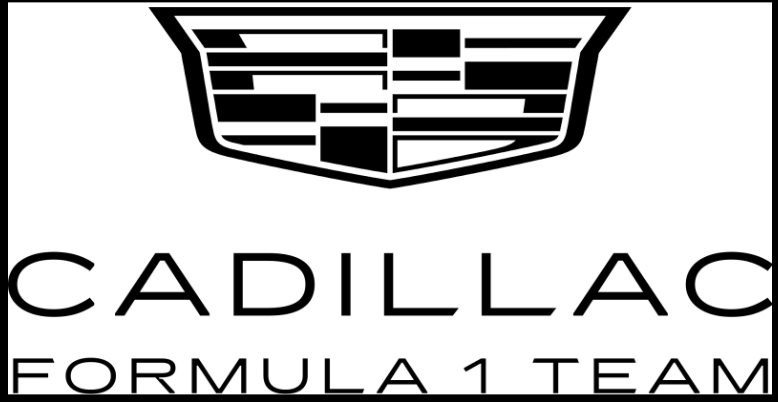Previously published May 24. 2022
Ever since the beginning of the pandemic, the demand for disinfectants has skyrocketed. The market for aerosol disinfecting products has grown by over 400% in March 2020 alone1. Aside from sterilizing surfaces around the house, cleaning agents also pose a safety hazard to the public: the quantity of Poison Control cases involving disinfectants increased by 51% during the quarantine2. In addition, excess use of disinfectants can lead to respiratory problems and decreased air quality3. As such, it is more pressing now than ever to substitute traditional cleaning chemicals with new ones that are less dangerous and more environmentally friendly.
Possible substitutes for current cleaning products, which generally contain chlorine, are phenol-based solutions. Until now, phenol has been considered difficult to harvest efficiently4. In a new study published in PNAS (Proceedings of the National Academy of Sciences of the United States of America), researchers from Fudan University have found a better way to collect phenol from biomass5. Compared to the raw materials required for chlorine and other disinfecting chemicals, biomass (such as wood, and other plant material) is much cleaner to harvest.
The researchers’ starting point was pyroligneous acid, whose production process was first discovered by Johann Rudolph Glauber in the 17th century6. A problem with this acid is its low effective concentration, making it a weak cleaning agent. To solve this, the extraction was performed while the wood was undergoing hydrothermal liquefaction, which can result in temperatures of ~300o C and pressures of ~100 atmospheres. The resulting chemical was able to kill common bacteria types, neutralize viruses, and even attack spores. It is also cheaper than many common disinfectants, costing only 4 cents per kilogram5.
And these researchers haven’t made any quality compromises either. The new disinfectant kills Influenza A, Anthrax, and Bacillus subtilis (A challenge bacterium) 99.99%, 99.49%, and 99.99% of the time, respectively. This is comparable to the effectiveness of conventional cleaning agents, a promising sign for the replacement of conventional cleaning agents with new, phenol-based ones.
Ideally, this phenol extraction process will become commercially viable in the future in order to provide safer disinfecting products for the masses. Accessibility will not be a problem because of the wide abundance of biowaste and plant material worldwide. Pandemics and environmental crises may be averted through the transition to these organic solutions.




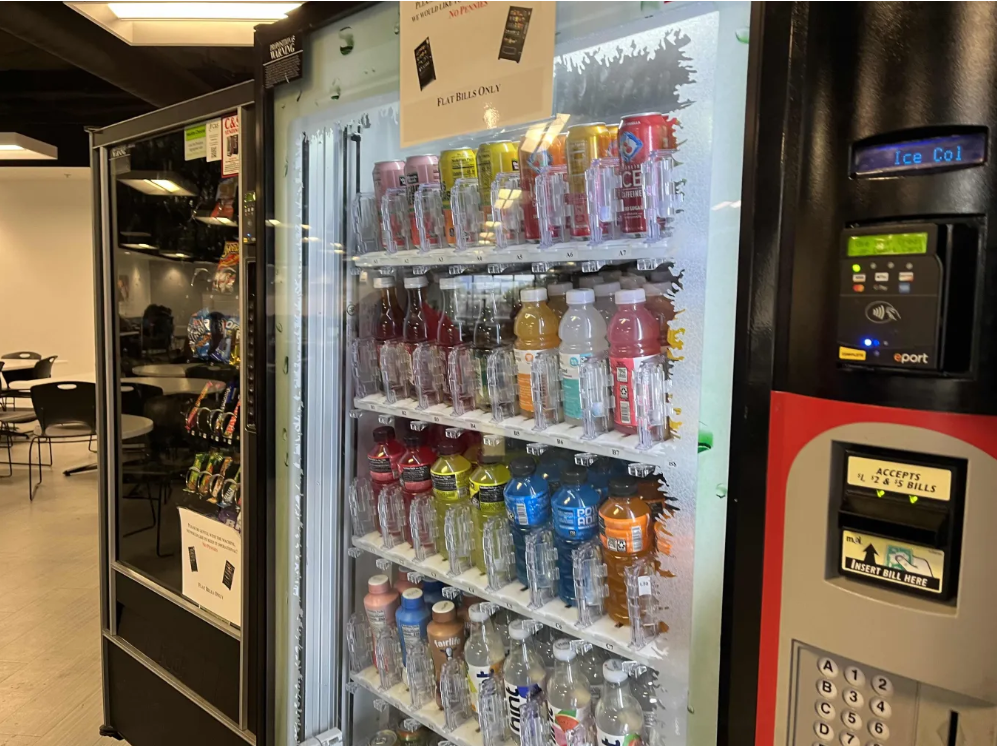







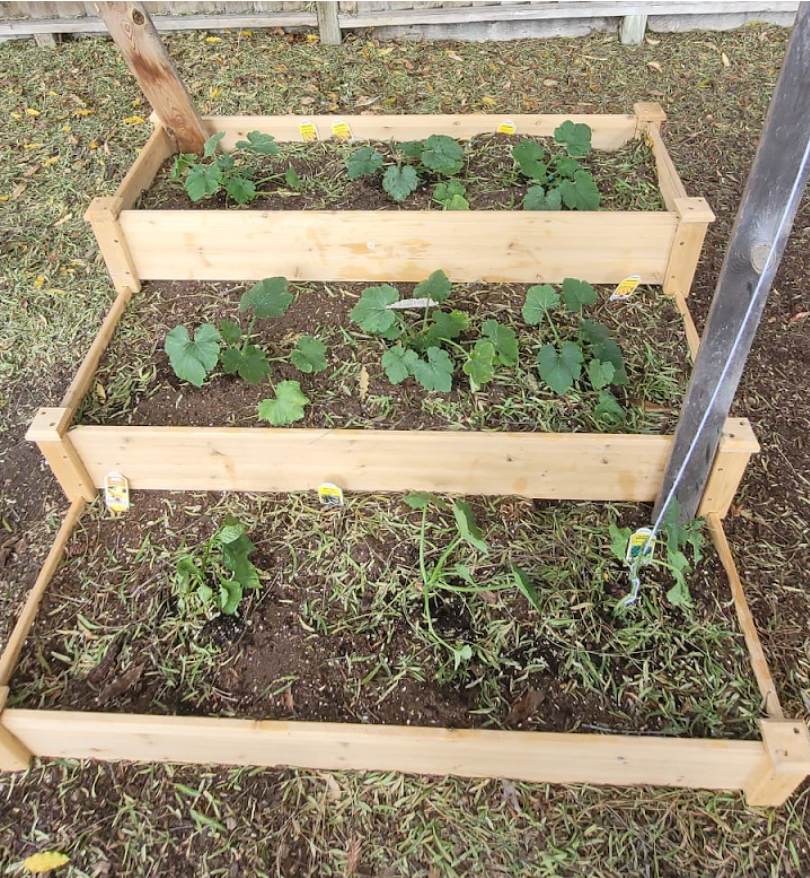




![Teacher [Milk] Tea: Part 2](https://bisvquill.com/wp-content/uploads/2024/03/Screen-Shot-2024-03-19-at-9.28.48-PM.png)

















